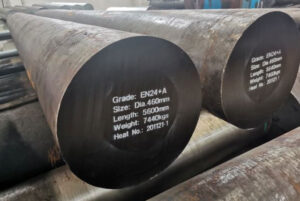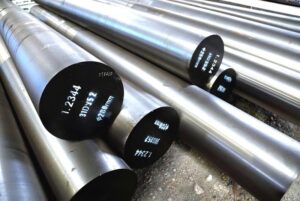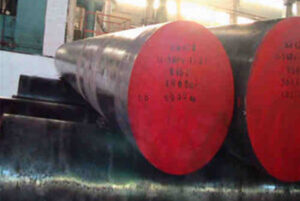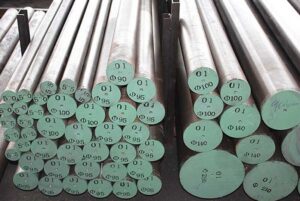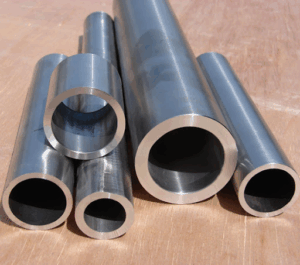Overview of AM350 Steel
AM350 steel is an age-hardenable stainless steel known for its high strength, excellent corrosion resistance, and versatility. It finds applications in various industries due to its unique properties, making it a popular choice for demanding environments. But what makes AM350 steel so special? Let’s dive into its chemical composition, mechanical properties, applications, and more to understand why it’s a material of choice for many engineers and designers.
Chemical Composition of AM350 Steel
The chemical makeup of AM350 steel gives it its unique properties. Here’s a detailed look at its composition:
| Element | Percentage (%) |
|---|---|
| Carbon (C) | 0.07 max |
| Manganese (Mn) | 1.0 max |
| Silicon (Si) | 1.0 max |
| Phosphorus (P) | 0.04 max |
| Sulfur (S) | 0.03 max |
| Chromium (Cr) | 16.0 – 18.0 |
| Nickel (Ni) | 4.0 – 5.0 |
| Molybdenum (Mo) | 2.5 – 3.5 |
| Nitrogen (N) | 0.10 max |
| Iron (Fe) | Balance |
Understanding this composition helps in appreciating how AM350 steel achieves its remarkable balance of strength, toughness, and corrosion resistance.
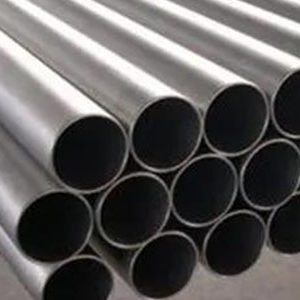
Mechanical Properties of AM350 Steel
What can you expect in terms of performance? The mechanical properties of AM350 steel make it stand out, especially in high-stress applications:
| Property | Value |
|---|---|
| Tensile Strength | 1034 – 1379 MPa |
| Yield Strength | 827 – 1172 MPa |
| Elongation at Break | 10 – 15% |
| Hardness (Rockwell C) | 36 – 45 |
| Modulus of Elasticity | 200 GPa |
| Impact Toughness | High (varies with heat treatment) |
These properties highlight AM350’s suitability for components that require both high strength and resilience.
Applications of AM350 Steel
Where does AM350 steel find its home? Its applications span across various fields due to its diverse properties:
| Application | Details |
|---|---|
| Aerospace Components | Used in jet engines, airframes, and landing gear |
| Chemical Processing Equipment | Ideal for handling corrosive substances |
| Medical Devices | Utilized in surgical instruments and implants |
| Oil and Gas Industry | Components for drilling and extraction equipment |
| Automotive Industry | Parts requiring high strength and fatigue resistance |
| Power Generation | Turbine blades and other high-temperature components |
| Food Processing | Equipment that requires high cleanliness and durability |
The versatility of AM350 steel makes it an invaluable material across these diverse sectors.
Heat Treatment of AM350 Steel
Heat treatment is crucial for tailoring the properties of AM350 steel. Here’s a summary of common heat treatment processes:
| Heat Treatment Process | Details |
|---|---|
| Solution Annealing | Heated to 980°C – 1065°C, then cooled rapidly to achieve maximum softness |
| Precipitation Hardening | Heated to 480°C – 620°C for several hours, then air cooled for peak strength |
| Annealing | Heated to 760°C – 815°C, then cooled slowly to relieve internal stresses |
These processes help optimize the mechanical properties and performance of AM350 steel for specific applications.
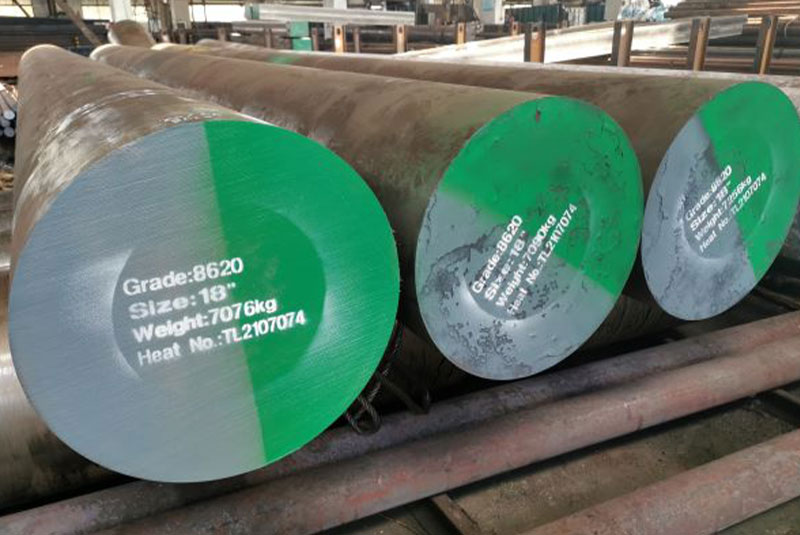

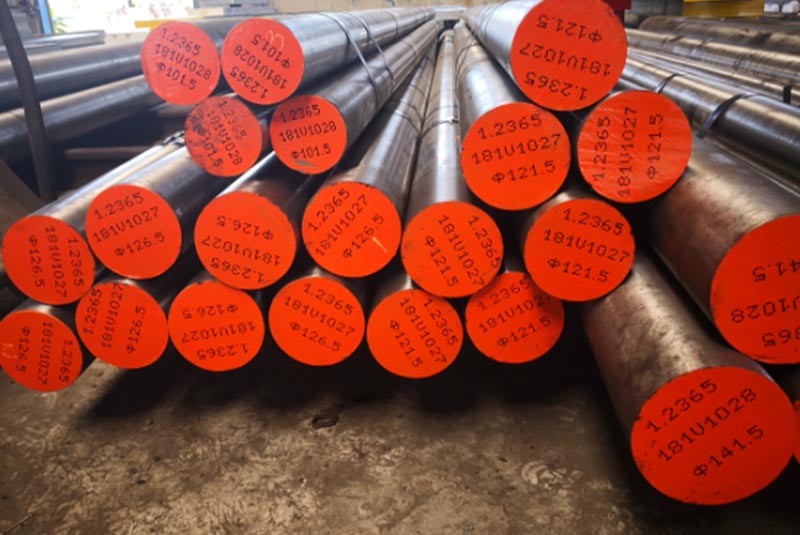
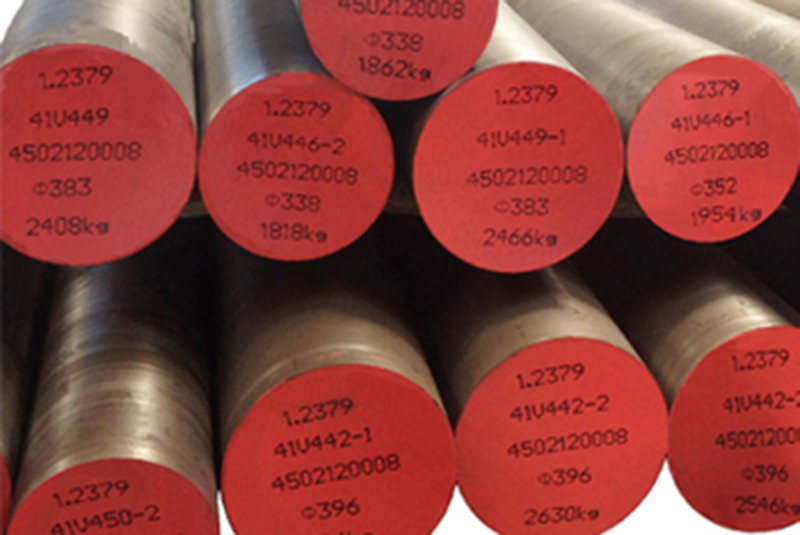
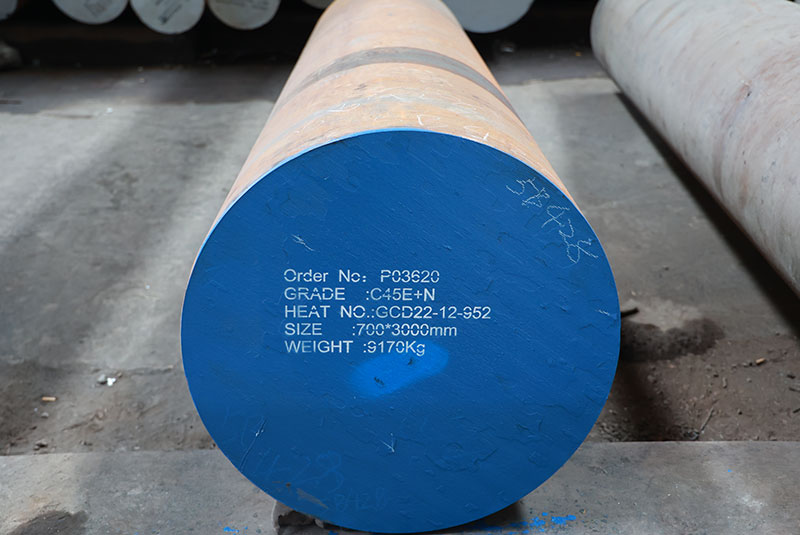
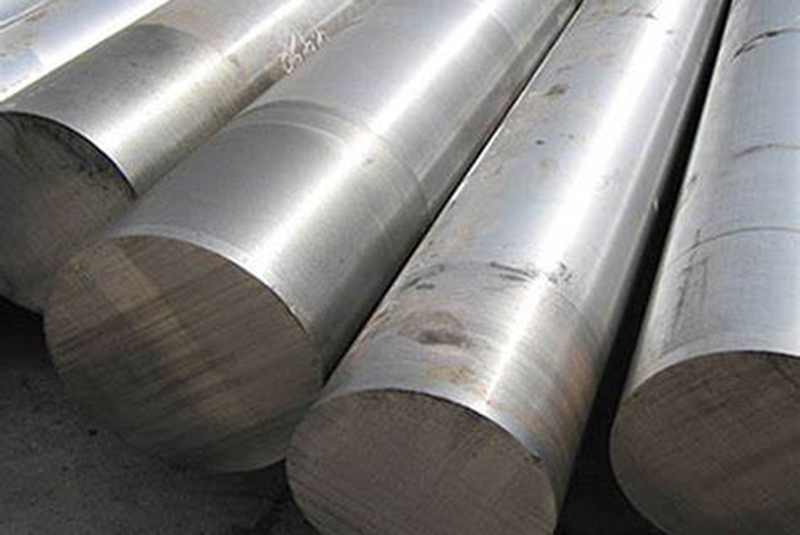
Suppliers and Pricing Details of AM350 Steel
Finding the right supplier and understanding the cost is essential. Here’s a snapshot of some key suppliers and typical pricing:
| Supplier | Location | Pricing (per kg) | Notes |
|---|---|---|---|
| Specialty Steel Supply | USA | $10 – $15 | Offers custom sizes and shapes |
| NeoNickel | Europe | €12 – €18 | European distributor with fast shipping |
| Sandmeyer Steel Company | USA | $12 – $17 | Known for large inventory and quick delivery |
| HSM Steel | India | ₹800 – ₹1200 | Competitive pricing in the Asian market |
| Alloys International | USA | $11 – $16 | Offers extensive technical support |
Prices can vary based on quantity, processing requirements, and market conditions.
Advantages and Disadvantages of AM350 Steel
Comparing the pros and cons helps in making an informed decision. Here’s how AM350 steel stacks up:
| Aspect | Advantages | Disadvantages |
|---|---|---|
| Strength | High tensile and yield strength | Can be challenging to machine |
| Corrosion Resistance | Excellent resistance to various corrosive environments | May require special treatments for specific environments |
| Versatility | Suitable for a wide range of applications | Costlier than some other stainless steels |
| Durability | Long-lasting with excellent fatigue resistance | Heat treatment can be complex |
Understanding these points can guide your material selection process for different applications.
Comparing AM350 Steel with Other Materials
How does AM350 steel compare to other materials? Let’s look at some head-to-head comparisons:
| Material | Strength | Corrosion Resistance | Cost | Applications |
|---|---|---|---|---|
| AM350 Steel | High | Excellent | Moderate to High | Aerospace, medical, chemical processing |
| 316 Stainless Steel | Moderate | Excellent | Moderate | Food processing, marine applications |
| 17-4 PH Stainless Steel | High | Good | Moderate | Aerospace, pump shafts, valve parts |
| Titanium Alloy | Very High | Outstanding | Very High | Aerospace, biomedical, high-end sports |
| Inconel 718 | Very High | Excellent | Very High | High-temperature applications |
Each material has its niche, and choosing the right one depends on the specific requirements of your project.
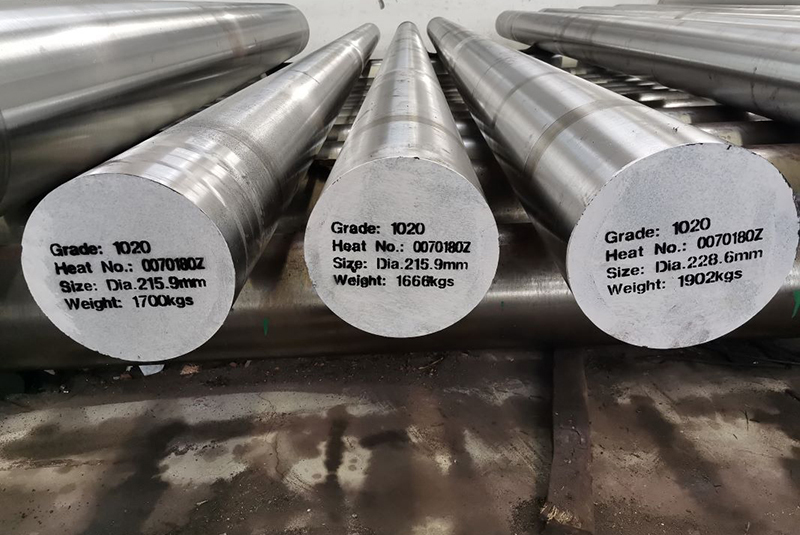
FAQ
Here are some frequently asked questions to help clear up any uncertainties about AM350 steel:
| Question | Answer |
|---|---|
| What is AM350 steel best used for? | It’s ideal for aerospace components, chemical processing equipment, and high-stress applications. |
| How does heat treatment affect AM350 steel? | Heat treatment can significantly enhance its strength and toughness, making it more suitable for demanding environments. |
| Is AM350 steel more expensive than 316 stainless steel? | Yes, AM350 is generally more expensive due to its specialized properties and applications. |
| Can AM350 steel be welded easily? | Welding AM350 steel requires specific techniques and precautions to maintain its properties. |
| What makes AM350 steel corrosion-resistant? | Its high chromium and molybdenum content provides excellent resistance to a wide range of corrosive environments. |

